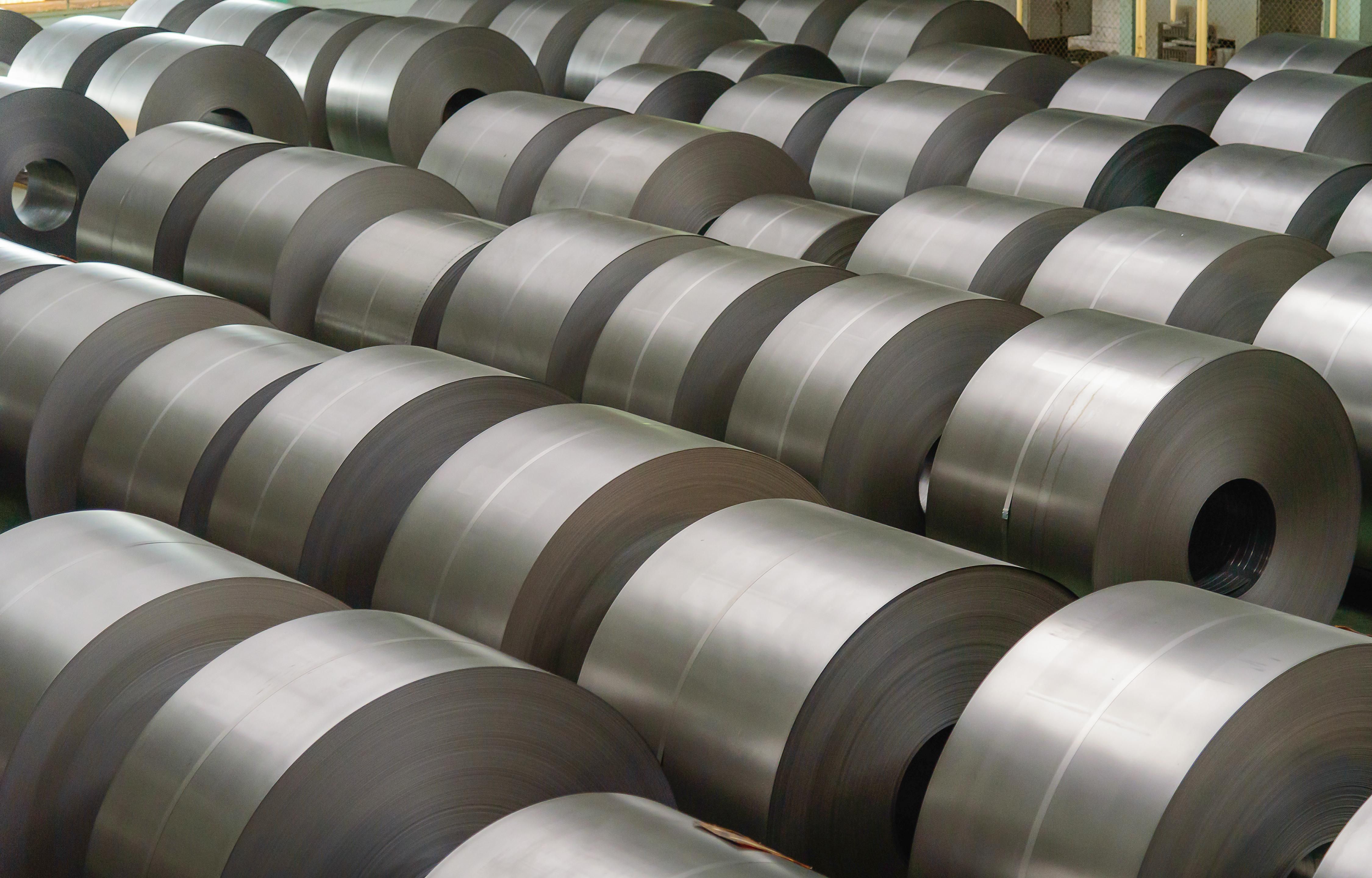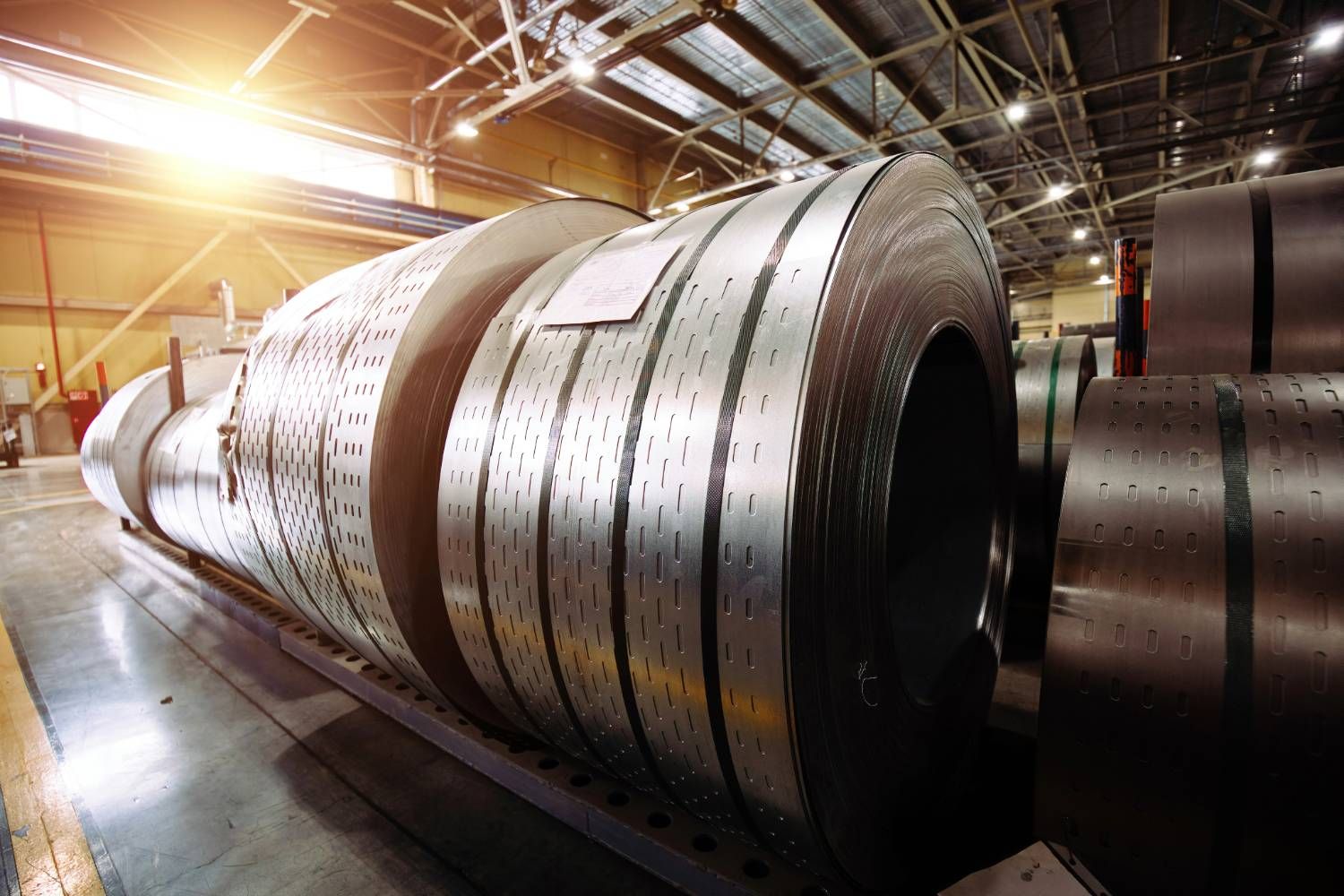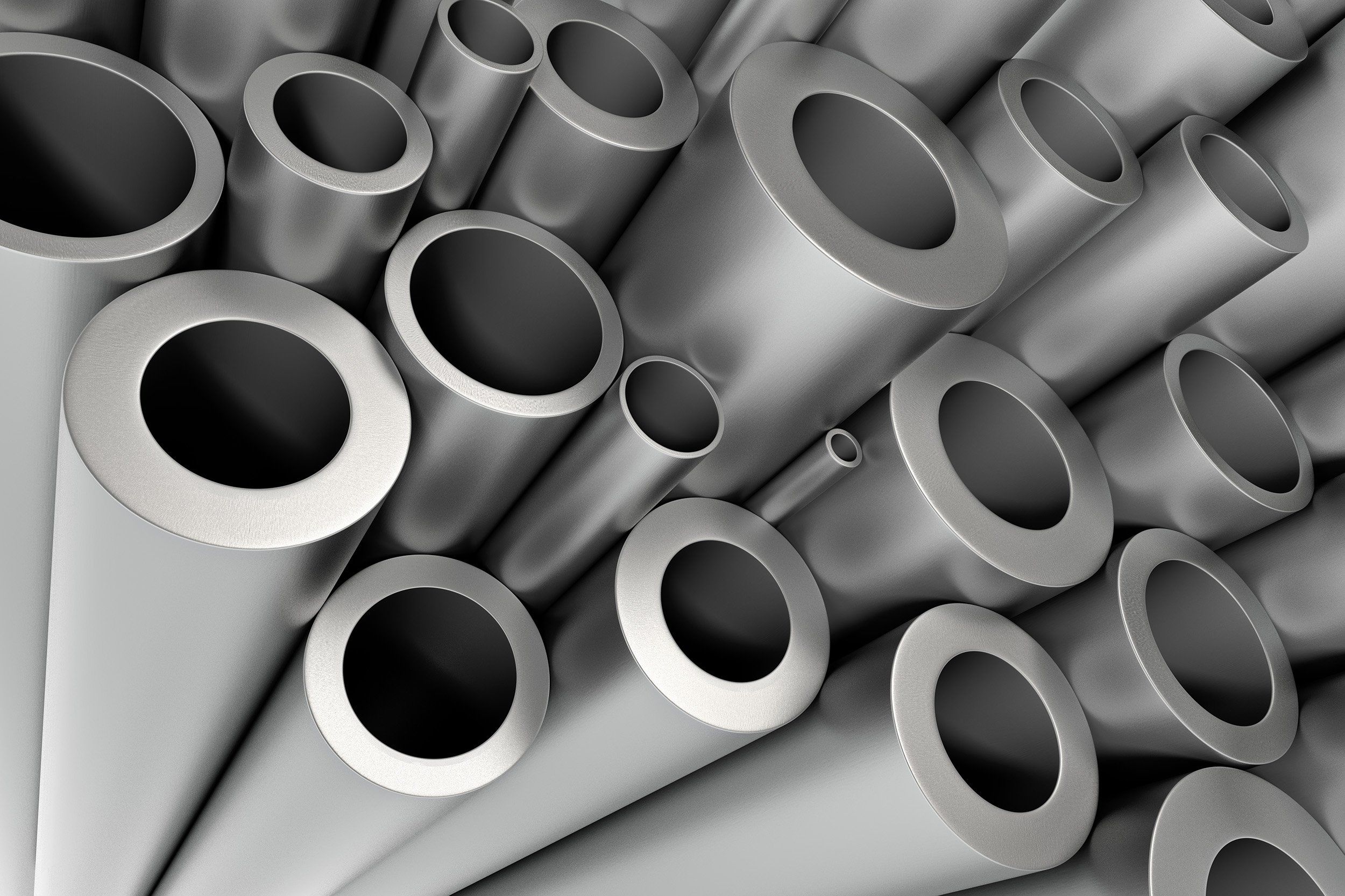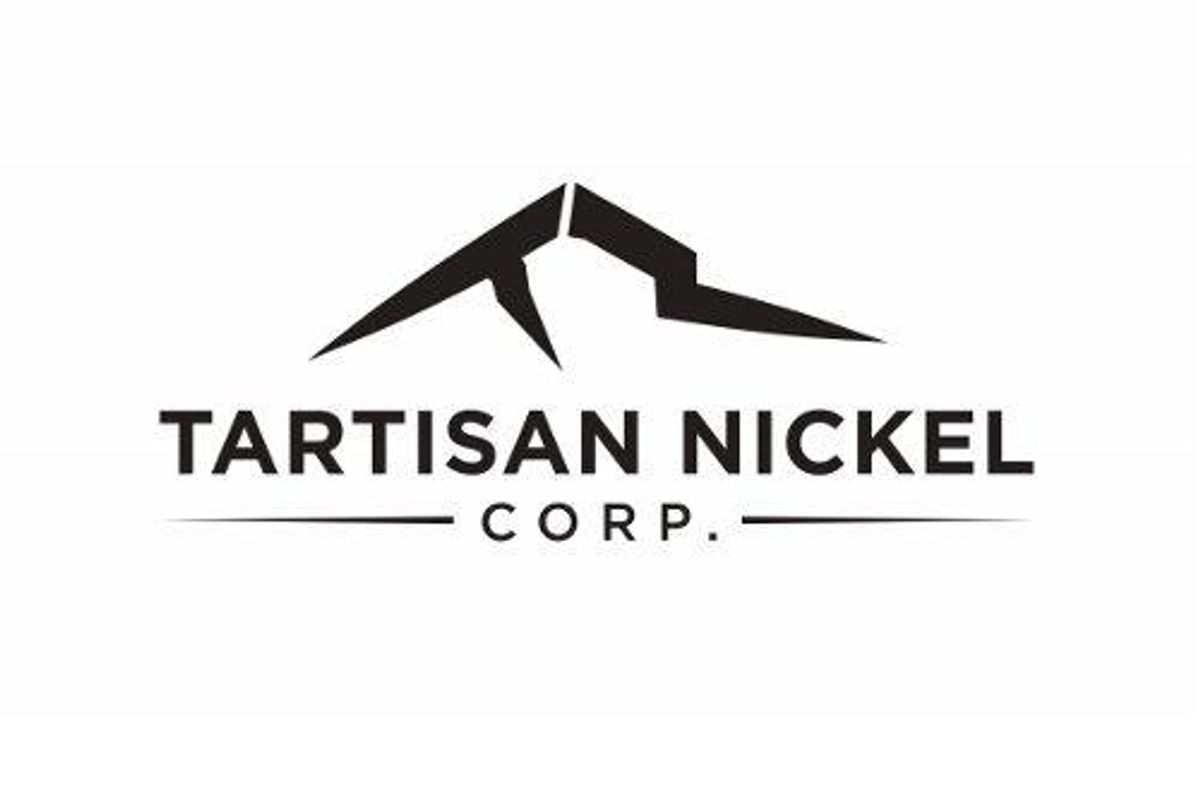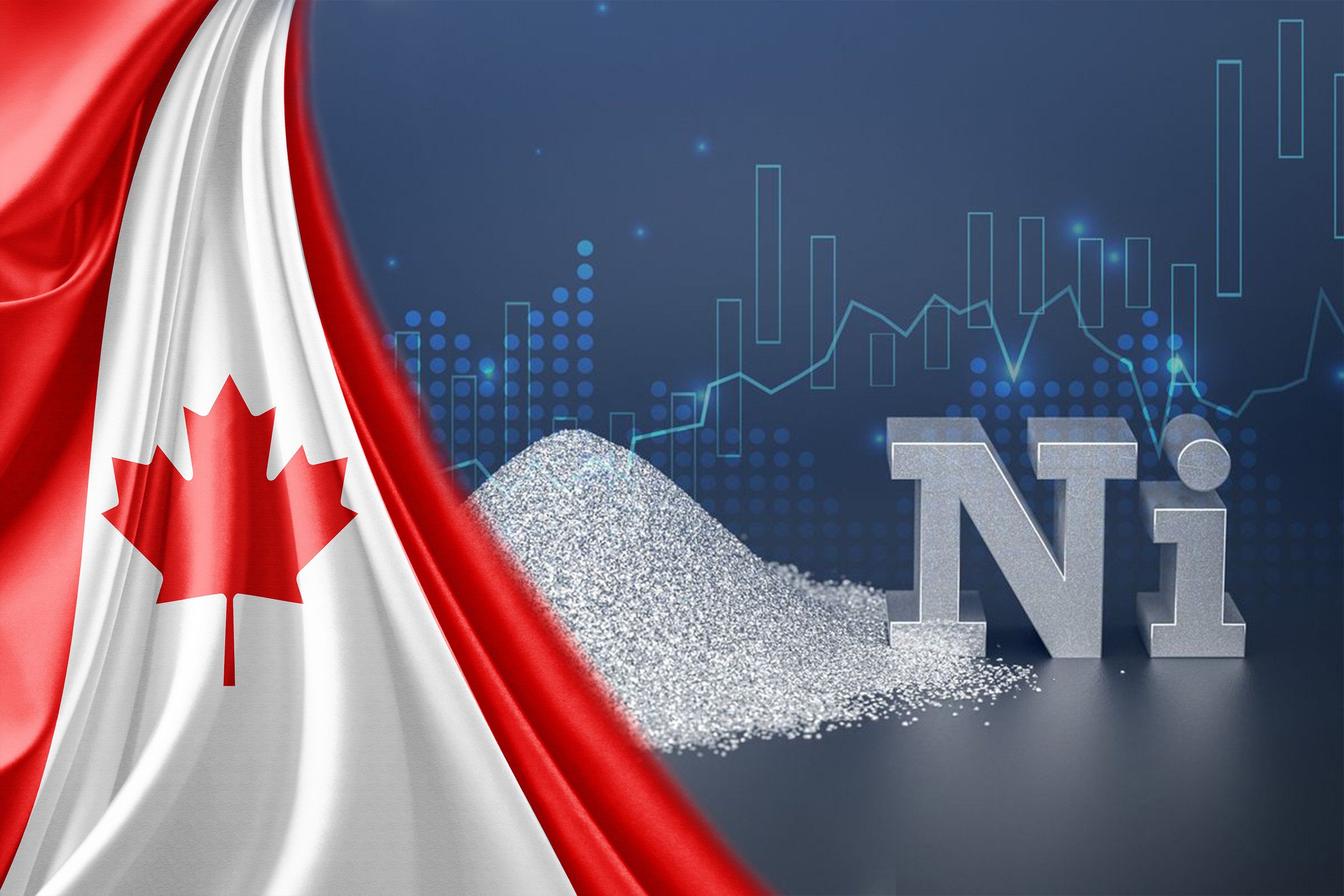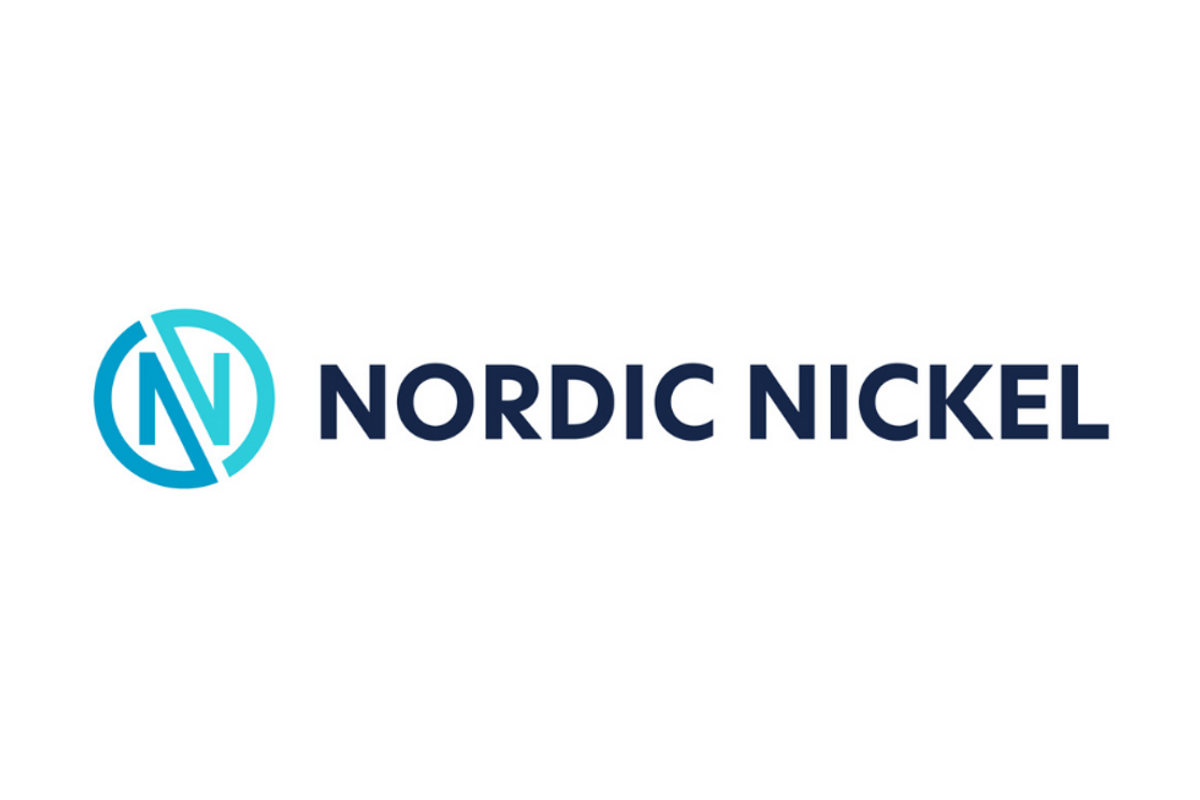
October 27, 2024
Impressive metallurgical results from Hotinvaara, regional geological mapping campaign completed, detailed BOT database analysis ongoing.
Nordic Nickel Limited’s (“Nordic Nickel” or “the Company”) (ASX:NNL) flagship 100%-owned Pulju Project is located in the Central Lapland Greenstone Belt (CLGB) of Finland, 50km north of the town of Kittilä, with access to world-class infrastructure, grid power, a national highway and an international airport. Pulju is a rare, district scale nickel-copper-cobalt exploration and development opportunity in a progressive mining jurisdiction in Europe. Finland is also home to Europe’s only nickel smelters.
HIGHLIGHTS
- Excellent first-pass metallurgical test results for the Hotinvaara deposit were released post Quarter end.
- Premium concentrate can be produced with good nickel and cobalt recovery.
- Positive ramifications for the entire Pulju project.
- Further Bottom of Till (“BOT”) drill sample results from the Pulju Project area acquired from the Geological Survey of Finland (GTK) during the Quarter.
- Database now contains over 13,000 samples, a source of data previously unknown to the Company.
- Excellent geochemical targeting information, detailed analysis is ongoing.
- Detailed summer mapping program to prioritise future drilling targets completed during the Quarter.
- Board re-structure and other cost saving measures were implemented during the Quarter.
- An additional A$1.05M in funding was raised during the Quarter via an undiscounted private placement to existing shareholders.
- Discussions with potential strategic partners at Pulju are ongoing.
Pulju Nickel-Copper-Cobalt Project
The known nickel mineralisation in the CLGB is typically associated with ultramafic cumulate and komatiitic rocks such as those at Pulju, with high-grade, massive sulphide lenses often associated lower grade disseminated sulphides. The disseminated nickel-cobalt at Pulju is widespread both laterally and at depth and indicates the presence of a vast nickel-rich system.
Following the conclusion of the 2023 drilling campaign, in March 2024, Nordic Nickel reported an updated in situ Mineral Resource Estimate for the Hotinvaara Prospect at the Pulju Project which comprises 418 million tonnes grading 0.21% Ni, 0.01% Co and 53ppm Cu for 862,800 tonnes of contained Ni, 40,000t of contained Co and 22,100t of contained Cu1. However, the drilled footprint at Hotinvaara represents just 2km of the known 35km of strike within the known mapped, mineralised ultramafic unit at Pulju, highlighting the potential for significant resource growth.
Pulju is located 195km from Boliden’s Kevitsa Ni-Cu-Au-PGE mine and 9.5Mtpa processing plant in Sodankylä, Finland. Kevitsa provides feed for the 35ktpa Harjavalta smelter, which is located approximately 950km to the south and processes concentrate from Kevitsa’s disseminated nickel sulphide ore. Europe’s only other smelter is Terrafame’s 37ktpa Sotkamo smelter, located 560km south-east of Pulju which processes ore from the nearby Talvivaara nickel-zinc mine.
Click here for the full ASX Release
This article includes content from Nordic Nickel, licensed for the purpose of publishing on Investing News Australia. This article does not constitute financial product advice. It is your responsibility to perform proper due diligence before acting upon any information provided here. Please refer to our full disclaimer here.
NNL:AU
The Conversation (0)
03 July 2024
Nordic Resources
Exploring district-scale nickel asset in Finland to support growing demand
Exploring district-scale nickel asset in Finland to support growing demand Keep Reading...
28 May
Total Finland Gold Resources Increase to 961,800oz AuEq
Nordic Resources (NNL:AU) has announced Total Finland Gold Resources Increase to 961,800oz AuEqDownload the PDF here. Keep Reading...
25 May
A$3.5M Institutional Placement and New Chairman Appointed
Nordic Resources (NNL:AU) has announced A$3.5M Institutional Placement and New Chairman AppointedDownload the PDF here. Keep Reading...
21 May
Trading Halt
Nordic Resources (NNL:AU) has announced Trading HaltDownload the PDF here. Keep Reading...
11 May
Excellent Gold Intersections Verified at Kiimala Project
Nordic Resources (NNL:AU) has announced Excellent Gold Intersections Verified at Kiimala ProjectDownload the PDF here. Keep Reading...
23 April
Quarterly Activities Report & Appendix 5B
Nordic Resources (NNL:AU) has announced Quarterly Activities Report & Appendix 5BDownload the PDF here. Keep Reading...
23 December
Top 5 ASX Nickel Stocks of 2025
Although countries around the world have been adding nickel to their critical minerals lists, many nickel companies have faced difficulties due to a tough price environment.Nickel prices stagnated during the second half of 2025 as market surpluses met weak demand growth.Much of the supply... Keep Reading...
22 December
Nickel Price Forecast: Top Trends for Nickel in 2026
Nickel prices were stagnant in 2025, trading around US$15,000 per metric ton (MT) for much of the year.Weighing heavily on the metal was persistent oversupply from Indonesian operations. Meanwhile, sentiment remained weak amid soft demand growth from the construction and manufacturing sectors,... Keep Reading...
22 December
Lundin to Sell Eagle Nickel-Copper Mine and Humboldt Mill to Talon Metals
Lundin Mining (TSX:LUN,OTC Pink:LUNMF) has agreed to sell its Eagle mine and Humboldt mill in Michigan to Talon Metals (TSX:TLO,OTCID:TLOFF), pivoting its US-based operations to focus on domestic supply. The transaction will see Lundin Mining receive 275.2 million Talon shares, representing 18.4... Keep Reading...
19 December
Nickel Price 2025 Year-End Review
After peaking above US$20,000 per metric ton (MT) in May 2024, nickel prices have trended steadily down. Behind the numbers is persistent oversupply driven by high output from Indonesia, the world’s largest nickel producer. At the same time, demand from China's manufacturing and construction... Keep Reading...
01 December
Tartisan Nickel Corp. Acquires Apex Claims Contiguous to the Kenbridge Nickel Copper Cobalt Project, Northwestern, Ontario
Tartisan Nickel Corp. (CSE: TN,OTC:TTSRF) (OTCQB: TTSRF) (FSE: 8TA) ("Tartisan", or the "Company") is pleased to announce that it has completed the purchase of three claims historically identified as the "Apex Claims" located in the Atikwa Lake region, in the Kenora Mining District, Northwestern... Keep Reading...
03 November
Top 5 Canadian Nickel Stocks of 2025
Nickel prices have experienced volatility in the past few years due to supply and demand uncertainty. While demand has been consistent, prices have been mainly influenced by structural oversupply stemming from high output from Indonesia, which rapidly increased output in recent years to become... Keep Reading...
Latest News
Interactive Chart
Latest Press Releases
Steadright Grants Stock Options
24 December
Silverco Confirms No Material Change
24 December
Related News
TOP STOCKS
American Battery4.030.24
Aion Therapeutic0.10-0.01
Cybin Corp2.140.00

